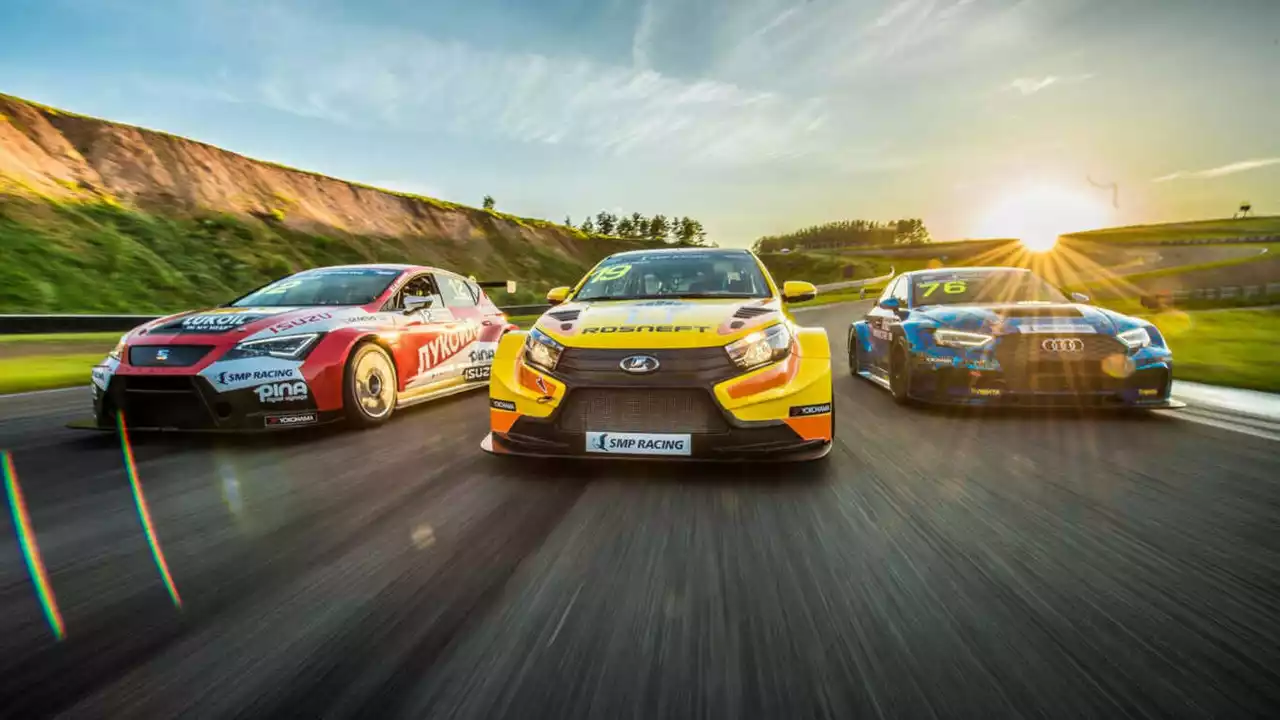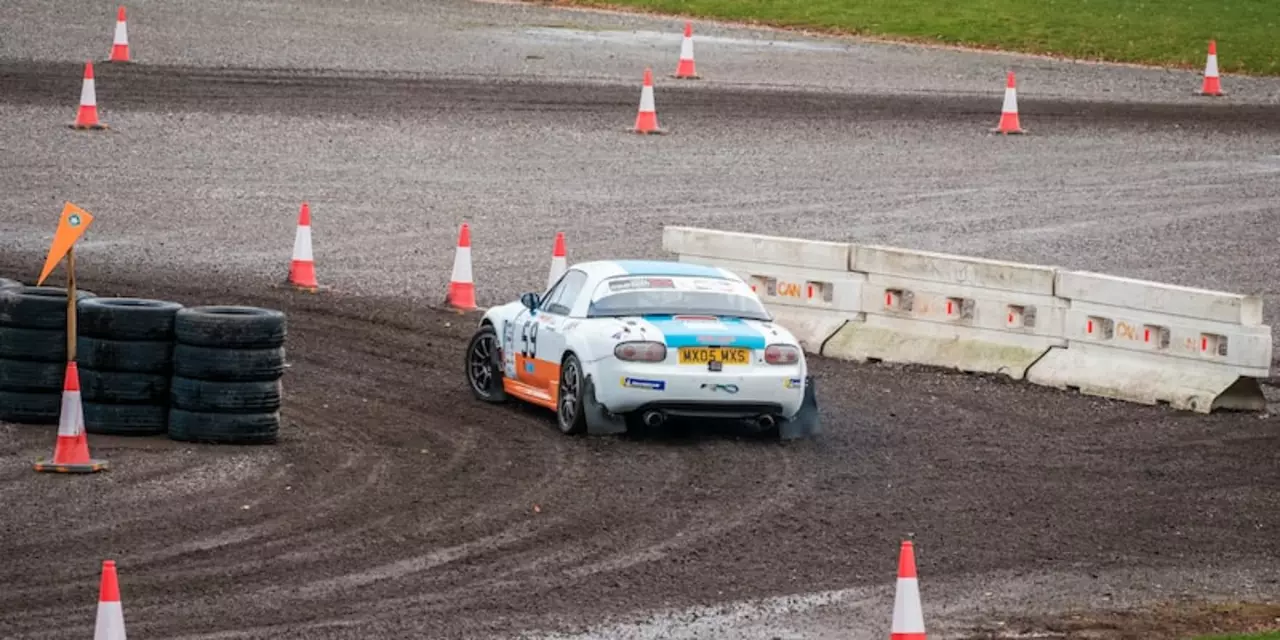Rally Racing: Everything You Need to Know
Ever wondered what makes rally racing so wild? It’s not just speed – it’s a mix of crazy terrain, smart gear, and split‑second teamwork. If you’re new to the sport or just want a refresher, this guide breaks down the basics without the jargon.
Key Techniques and Gear
First off, the handbrake. Most people think it’s only for parking, but in rally it’s a weapon. Drivers slam it to spin the rear wheels, pull the car around tight corners, or yank the car onto a hill. Mastering the handbrake can shave seconds off a stage, and every rally driver you’ll hear about uses it.
What about the sticks on the dash? You’ve got the gear lever for shifting and the handbrake lever we just mentioned. Both demand precision – one wrong move and you’re sliding off the road. Practice in a safe environment (a simulator works great) before you try it on real mud.
Vehicle choice matters, too. You’ll see a lot of hatchbacks in dirt rally. Why? They’re lightweight, have a low center of gravity, and are easy to tune. The compact shape gives better handling on loose surfaces, and the rear space lets you fit a strong engine without bulk.
Front‑wheel drive (FWD) cars can hold their own, especially on tarmac stages. They’re predictable and put the weight over the driven wheels, which helps traction. But on loose gravel or snow, a 4WD or rear‑wheel drive might give you the edge. It all depends on the stage conditions.
Behind the Scenes: Drivers and Co‑Pilots
The driver gets most of the spotlight, but the co‑pilot (or navigator) is the secret sauce. They read pace notes – a detailed script of every turn, jump, and surface change – and shout them out in real time. Without those notes, even the best driver would be guessing blind.
Co‑pilots also keep the car’s pace steady. They tell the driver when to push, when to ease off, and when to brace for a rough patch. It’s a nonstop conversation that keeps the team fast and safe.
If you’re thinking about getting into rally, ask yourself: do you have the right gear, the right car, and a partner you trust? Start with a local club, get a valid license, and make sure your car meets the event’s safety rules – helmets, roll cages, and fire extinguishers are non‑negotiable.
Simulators can give you a taste of real‑world rally without the cost of a crash. They teach you how to read terrain changes, practice handbrake turns, and get comfortable with pace notes. Many pros swear by virtual practice before a big event.
Finally, remember that rally racing is as much about fun as it is about speed. Whether you’re watching a Group B legend on YouTube or planning your first stage in the mountains, the thrill comes from mastering the unexpected. So grab a handbrake, find a co‑pilot, and hit the dirt – the road is waiting.

How does race driving strategy differ between rally and F1?
Racing strategies vary greatly between rally and F1 races, folks. Rally racing is all about endurance and mastering unpredictable terrains, so drivers often prioritize careful navigation and car preservation. On the other hand, F1 racing is a flat-out sprint on a defined circuit, where precision and speed are paramount, and drivers focus on aggressive overtaking and strategic pit stops. Essentially, rally drivers are playing the long game, while F1 drivers are all about that instant burst of speed and tactical execution. It's fascinating how one sport can have such diverse approaches, isn't it?

How do I start learning rally racing as a teen?
Rally racing can be an exciting and rewarding hobby for teens. To get started, teens should research local rally racing clubs and organizations and learn about the rules and regulations for the sport. Teens should also look for experienced coaches and mentors who can provide guidance and support. Additionally, teens should purchase all the necessary safety equipment and practice driving on courses that are similar to rally racing courses. Finally, teens should take advantage of any opportunities to observe and learn from experienced racers. With the right guidance and practice, teens can become skilled rally racers and enjoy the thrill of the sport.